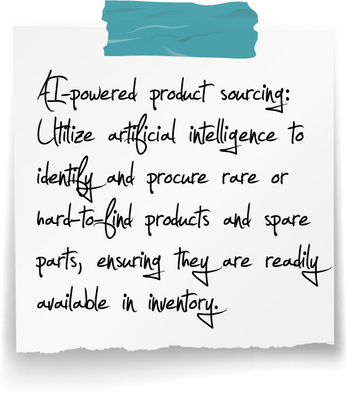How an app can solve the problems
In my opinion, brainstorming sessions are always fun, but the ideate process is a serious one.

User research process
Potential users pain points
Move your mouse on titles to see the pain point























Lack of variety of brands in inventory of suppliers.
Lack of variety of pump applications in inventory of suppliers.
Inability to quick professional compare between two or more pumps.
Unable to find some parts or equipment which is rare in the market.
Scheduling a regular and accurate maintenance based on usage and factory recommendation is a complex and long process of work which suppliers can’t always accomplish.
There is no emergency response from a suppliers.
Delivery prices of heavy products often is too expensive.
Compatibility issues, This can be a complex issue, especially when dealing with legacy systems or custom-designed components.
Some of project situations highly have to access to some pumps or spare parts, during immediate need or unpredicted circumstances.
The prices are often outdated.
Procurement delays can disrupt project timelines and lead to increased costs.
Its hard to find a supplier with Safe deliveries, and safe delivery is a big deal when talking about some types of pumps which are shock sensitive.
Standards like ISO and ANSI are crucial about pumps in any applications.
Customer service or after sales sometimes is overwhelming and disappointing.
Unable to check real-time inventory of suppliers.
Its usually hard to track the shipments.
Its hard work to find special pumps which has certification and standards for special uses in the market.
Long procedure of inquiries, always takes time.
Finding a reliable supplier is like searching for a needle in a haystack.
Outdated understanding of new technologies and solutions.
Deliveries are not always flexible and it can force the customer some unfavored fees.
In some serious and sensitive projects certification of pumps is crucial and supplier must deliver these certificates to buyers.
All people in this field of work should keep themselves up-to-date about new technologies and solutions to work more efficient and decrease the costs.
Paper work is always frustrating and waste of time.
Here, is a story about an app born. I named it FLOW to help its future users better user flow.
My role in this project was Head of design, Product designer

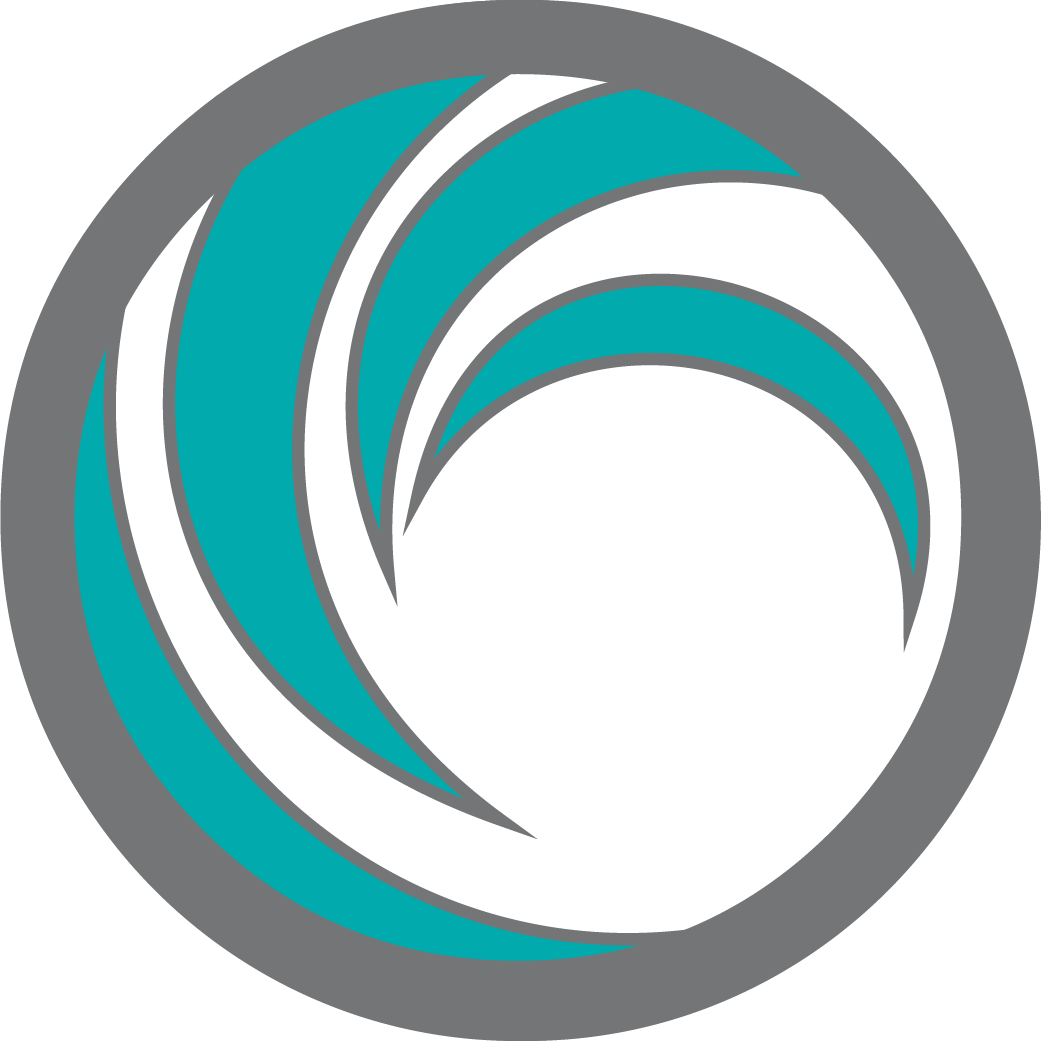
The name originates from the company brand's name, and in this context, it refers to the improved order and delivery of water pumps and related equipment, which will have better FLOW through the app.
The main purpose of the app was to create a unique, real-time, online, and specialized market for water pumps and related equipment. It targets a huge market of brands in this growing billion dollar industry for GCC countries in phase one and the entire Middle East in phase two.
"We want to have an online mobile app like Amazon, specialized for water pumps and related equipment."
This was the sentence I heard from the managing director of the company in the first meeting of the project.
The water pump market is driven by construction growth, urbanization, technological advancements and maintenance. So key user segments include businesses and organizations that require water pumps and equipment for various applications. While individuals may occasionally purchase water pumps, most of them rely on professionals for their needs or issues.
Potential users

Local water pump shops

Water pump technicians

Maintenance companies

Project managers

Construction companies

Renovations contractors

Food and dairy companies

Firefighting Department

Emergency Management organizations

Oil and Gas companies

Agriculture industry
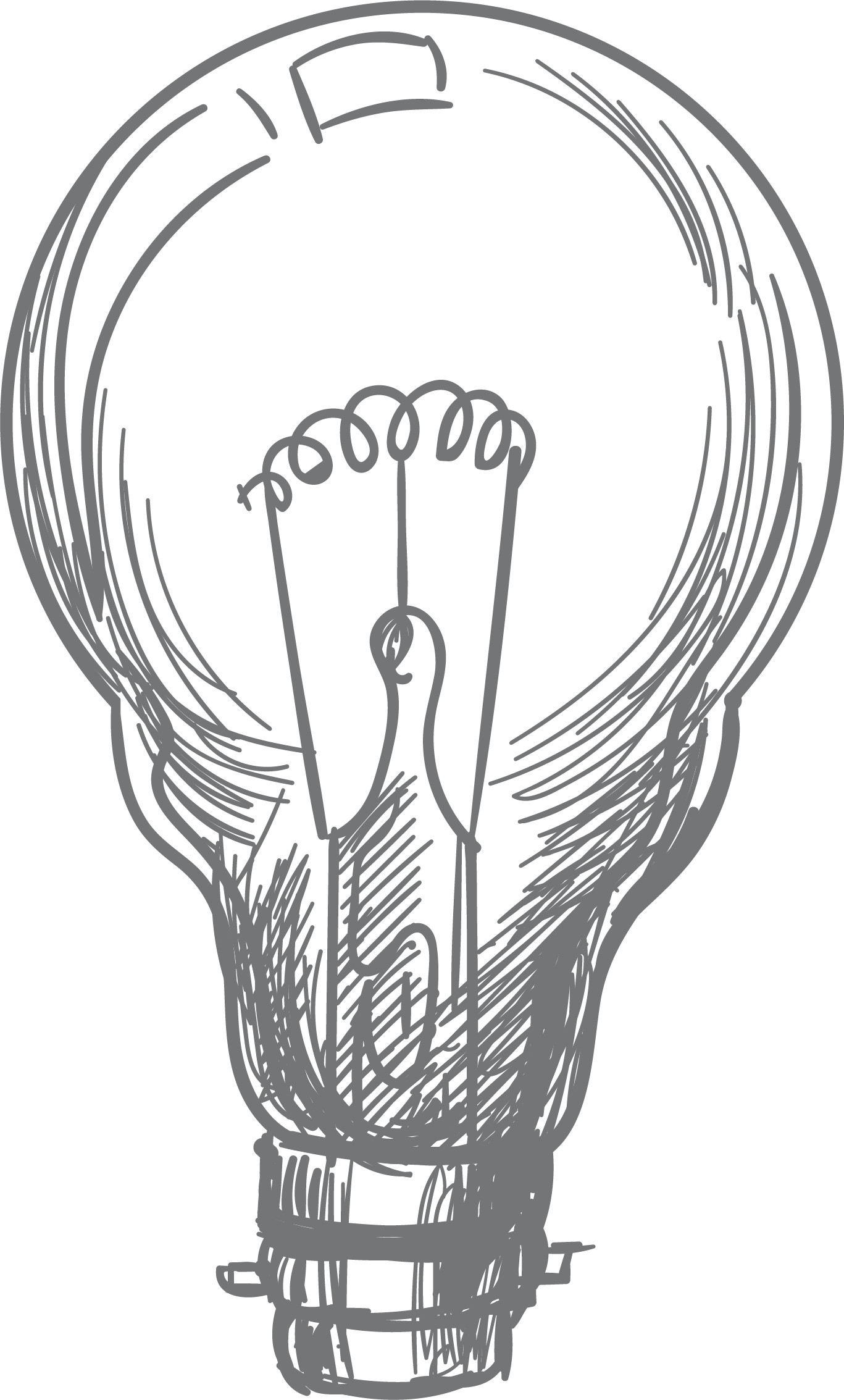
Enhanced delivery tracking and options
AR-powered product visualization
Customized installation services
Subscription-based maintenance
Flexible delivery scheduling
Advanced product comparison
Streamlined inquiries
Emergency contact and alerts
AI-powered product sourcing
Real-time inventory tracking
Personalized recommendations
AI-powered product recommendations
Promote energy-efficient products
Extensive knowledge base
Certification and standards verification
Enhanced customer support
Centralize product catalog
Price comparison tool
Paperless transactions
Sustainable practices
Energy efficiency calculator
Flexible financing options
Comprehensive product database
Online Technician Community
Customer review platform
The ideas above summarize the outcomes of brainstorming sessions held between me, as the brand director, and the product designer, along with managers, engineers, technicians, marketing personnel, and the sales department inside the company.
By addressing these key problems and market gaps, the app aims to revolutionize the water pump supply industry, providing a more efficient, convenient, and reliable solution for businesses and individuals in the GCC region.
Design process
During the ideation phase of our product design process, I implemented a series of brainstorming sessions with help of my team and the managers support, aimed at capturing diverse perspectives from various departments. Over the course of three weeks, I organized collaborative discussions with stakeholders, managers, sales personnel, marketing teams, supply chain managers, and warehouse associates. This comprehensive approach allowed us to explore the unique insights each group brought to the table. I discovered that the mindset of a stakeholder differs significantly from that of a supply chain manager, providing us with a broader and clearer understanding of the industry. This diversity of thought was instrumental in refining our ideas and ensuring that we considered all aspects of the business in our design strategy.
Sketch
With a clear understanding of our user needs, we started the wireframing phase. Using a pencil and paper (two forever friends), I sketched out basic layouts, focusing on the core functionalities of the app. This low-fidelity approach allowed us to quickly iterate on ideas and explore different design directions.
Wireframe
We then transitioned to a digital wireframing tool to create more detailed mockups. These wireframes outlined the app's information architecture, navigation structure, and key interactions. By visualizing the user flow, we were able to identify potential pain points and refine the design accordingly.
Through a collaborative process involving designers, developers, and stakeholders, we refined the wireframes to ensure they aligned with both user needs and business objectives. This iterative approach allowed us to create a solid foundation for the app's development.
Prototype
Once the wireframes were finalized, we transitioned to the prototyping phase. Using a robust prototyping tool, we brought our static wireframes to life, creating interactive prototypes that simulated the real-world user experience.
These prototypes allowed us to test the app's usability and gather valuable feedback from potential users. We conducted usability tests with a diverse group of participants, observing their interactions with the prototype and noting any pain points or areas for improvement.
















Key features and functionality
In the development of our application, my professional team and me tried to incorporate five core features that serve as fundamental components to enhance user experience. Additionally, we introduced seven unique features designed to differentiate our app in the competitive landscape. These elements collectively aim to provide users with both functionality and distinctiveness, ensuring a comprehensive and engaging interaction with our platform.
Core features
Move mouse on the bar to see the design










User Testing and Feedback
Recruitment
We successfully recruited participants aligned with our target user personas, which encompass construction professionals, homeowners, farmers, and maintenance technicians. Our recruitment methods included leveraging online platforms, social media channels, and email invitations to effectively engage and attract potential participants. This strategic approach ensured a diverse and relevant participant pool for our study.
Test design
-
We developed a series of tasks to assess the app's usability, including:
-
Searching for specific products
-
Comparing product features and prices
-
Adding products to the cart and checking out
-
Navigating the user interface
-
Using the app's customer support features
-
-
In the next step, we created realistic scenarios to simulate real-world usage, such as a homeowner needing a replacement pump or a contractor sourcing equipment for a construction project.
Test methods
-
Due to budget constraints, we opt for a cost effective approach to remote usability testing, foregoing specialized user testing tools like UserTesting and Lookback. Instead, we leverage Zoom video conferencing to conduct unmoderated tests, utilizing its recording feature to capture user interactions. Additionally, we employ basic survey tools to gather feedback efficiently. This strategy allows us to obtain valuable insights while adhering to our financial limitations.

-
We conducted in-person tests involving a select group of participants, comprising regular customers of the company as well as staff from our affiliated sister companies. This approach enabled us to closely observe their behavior and engage in follow-up inquiries, thereby enriching our understanding of their experiences and preferences.

Data collection
We employed a varied approach to evaluate user experiences with the application. Screen recordings were utilized to observe participants' interactions, enabling us to pinpoint usability issues and areas for enhancement. Additionally, we encouraged the use of think-aloud protocols, allowing participants to articulate their thoughts and feelings during task completion, which provided good insights into their experiences. Following the tasks, we conducted brief post-task interviews to gather direct feedback on overall experience and specific features, ensuring a comprehensive understanding of user perspectives.

Data analysis and insights
We systematically collect and analyze key performance metrics, including task completion rates, time spent on tasks, error rates, user satisfaction, and qualitative feedback from participants. This comprehensive approach enables us to derive valuable insights that inform targeted improvements to the application, ultimately enhancing the user experience and overall functionality.

Future plans
-
Utilize AI-powered algorithms to provide highly personalized product recommendations based on user behavior and preferences.
-
Expand the product range to include water treatment systems and accessories to cater to a wider audience.
-
Develop a comprehensive knowledge base and troubleshooting guides to empower users to solve common issues independently and make a huge reference in the industry.
-
Implement gamification elements, such as rewards and badges, to encourage user engagement and loyalty.
-
Wider area of service into Asia and Balkans.
This project holds significant personal importance to me, primarily due to the unwavering dedication of my colleagues and the supportive nature of our open-minded managers and stakeholders. Their collaborative spirit was instrumental in the success of our endeavor, underscoring the power of teamwork in achieving shared objectives. This initiative provided me with the opportunity to leverage my design skills and technical expertise across various domains, including branding, user experience (UX), user interface (UI), and graphic design, engaging in all phases of production.
I was able to develop a tangible solution that not only meets project goals but also reflects the collective effort and creativity of our team.
Throughout the project, I gained valuable insights into the design and development process.
Some key learnings include:
-
The Importance of User Research: Understanding the needs, pain points, and preferences of our target users was crucial in shaping the app's features and functionality.
-
The Power of Iteration: By continuously testing and refining our designs, we were able to create a user-friendly and efficient app.
-
The Value of Collaboration: Effective collaboration between designers, developers, and stakeholders is essential to the success of any project.
-
The Role of Technology: Leveraging the latest technologies, such as AI and machine learning, can enhance the user experience and drive innovation.
THERE IS ALWAYS A GAP IN MARKET IF YOUR USER RESEARCH IS ACCURATE AND EFFECTIVE.
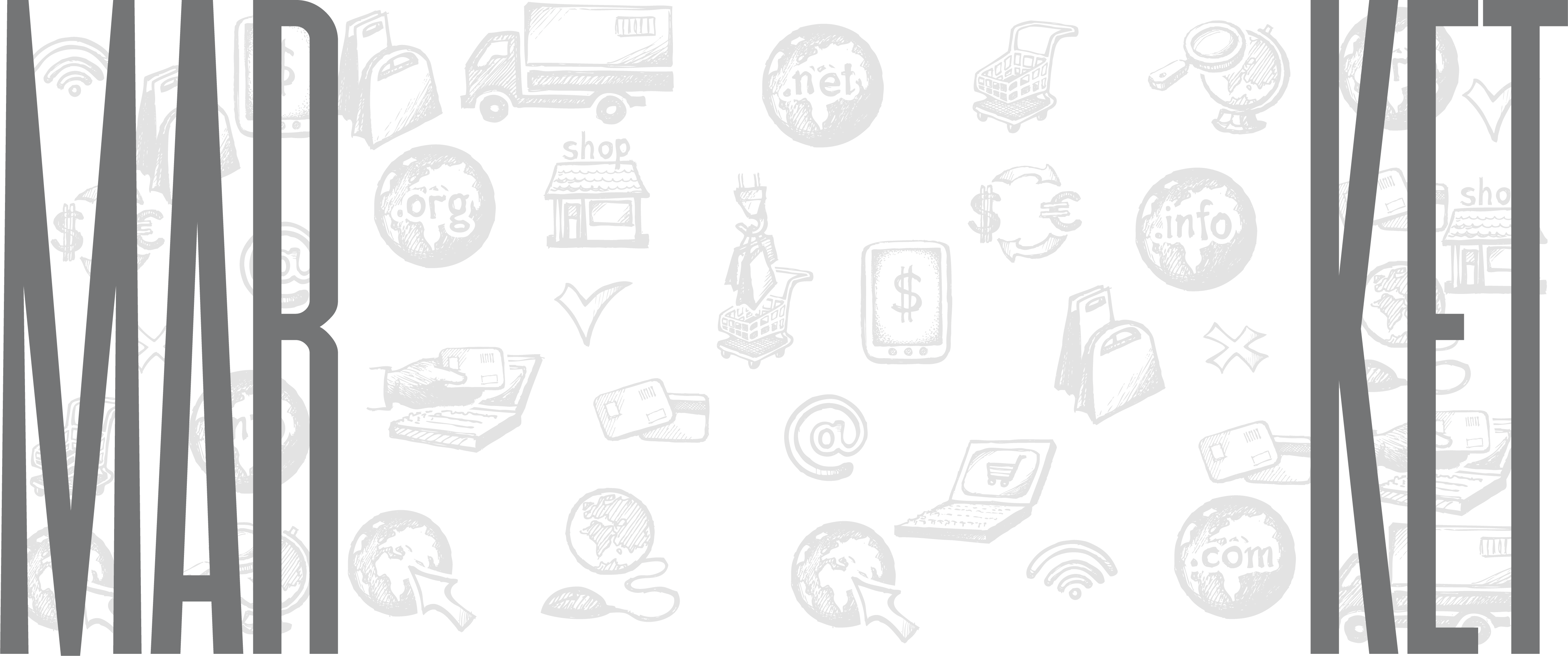

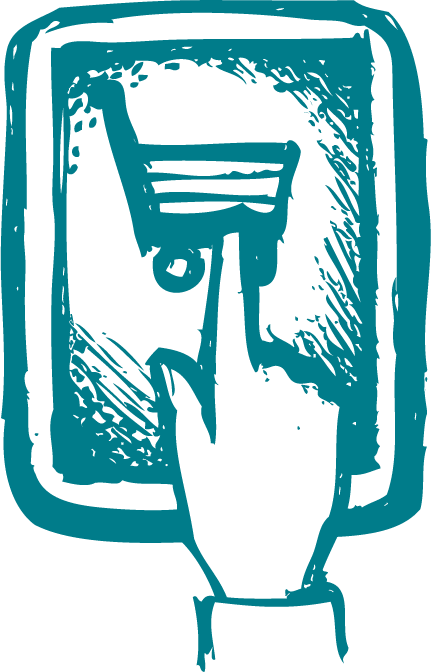
Online marketplaces with comprehensive product catalogs.
Offers a real-time inventory access and prices.
Advanced search and comparison tools to facilitate informed decision-making.
Expert advice and training to educate customers and provide support.
Standardized certifications and quality assurance to ensure product reliability.
Efficient logistics and delivery networks to guarantee timely, safe and flexible delivery.
User center support services with responsive communication and after-sales assistance.
Speedup inquiries process and reduce procurements time by digital and online solutions.
Supply diversity in brands and applications of the water pumps and equipment.
Inform and load rare equipment in the market and import from the sources abroad.
Reduce and almost eliminated paperwork processes and turn it to digital.
Online shipment tracking system.
Offers regular maintenance recommendation based on the manufacturer advices.
Emergency response 24/7 of supports for special users.
User center support services with responsive communication and after-sales assistance.
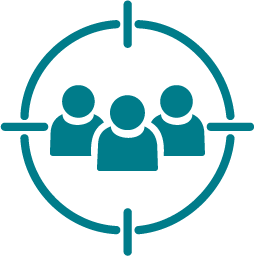
Target user identification
Based on our analysis, we identified the primary target users for the app, including construction companies, maintenance companies, project managers, water pump technicians, and various industries that rely on water pumps.
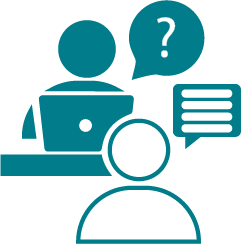
User interviews
-
We conducted in depth interviews with representatives from these target organizations to gather insights into their challenges, needs, and expectations.
-
Interview questions focused on areas such as procurement processes, product selection criteria, pain points, and desired features.
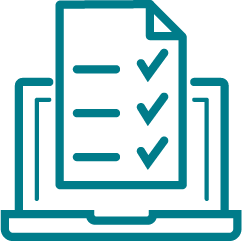
Surveys
-
We distributed online surveys to a wider pool of potential users to collect quantitative data on preferences, behaviors, and satisfaction levels.
-
The survey covered topics such as frequency of water pump purchases, importance of different features, and willingness to use a mobile app for procurement.
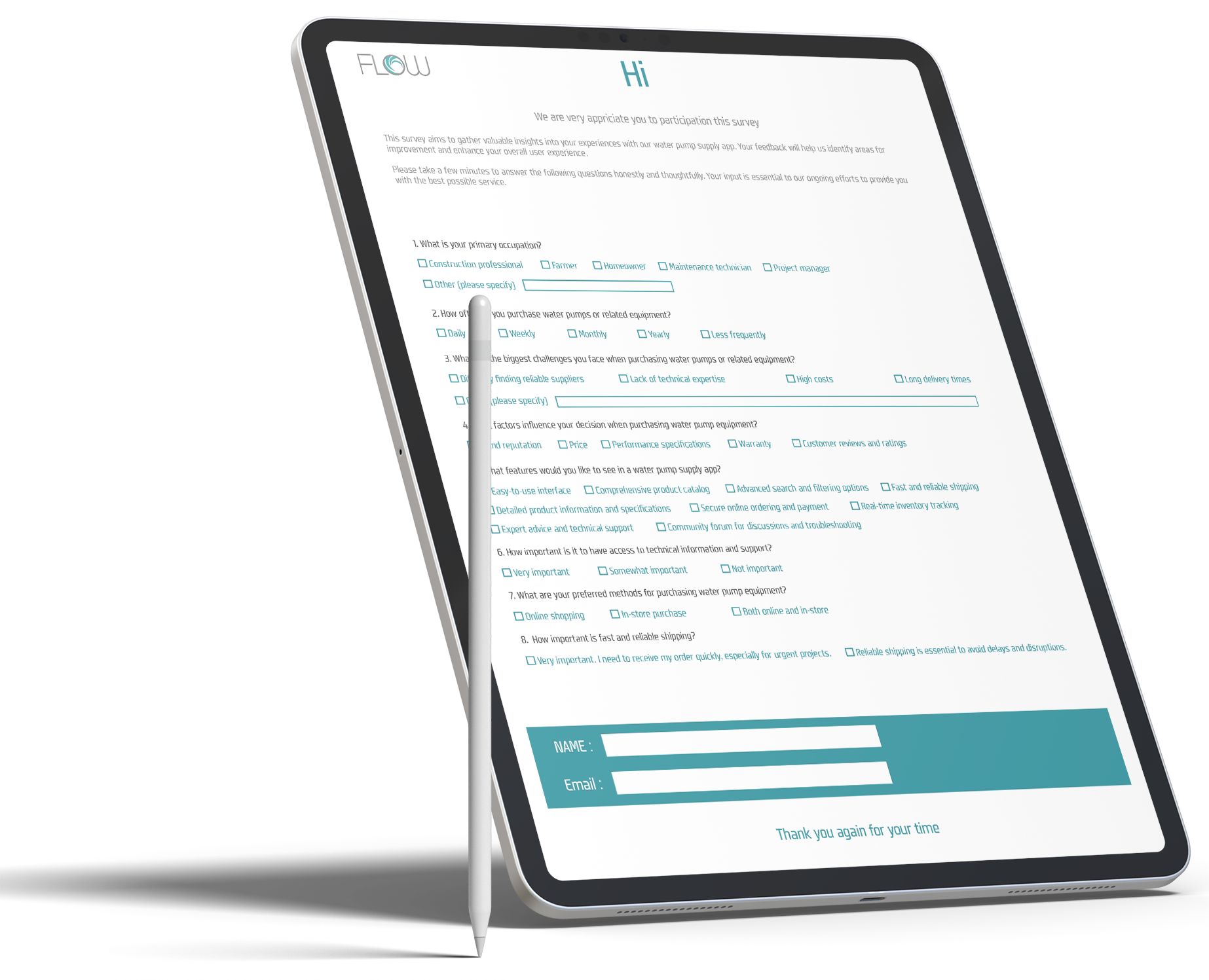

Focus groups
-
We organized focus groups with representatives from different industries to discuss their experiences with water pump supply and identify common pain points.
-
Focus groups provided valuable insights into user preferences, behaviors, and potential challenges.
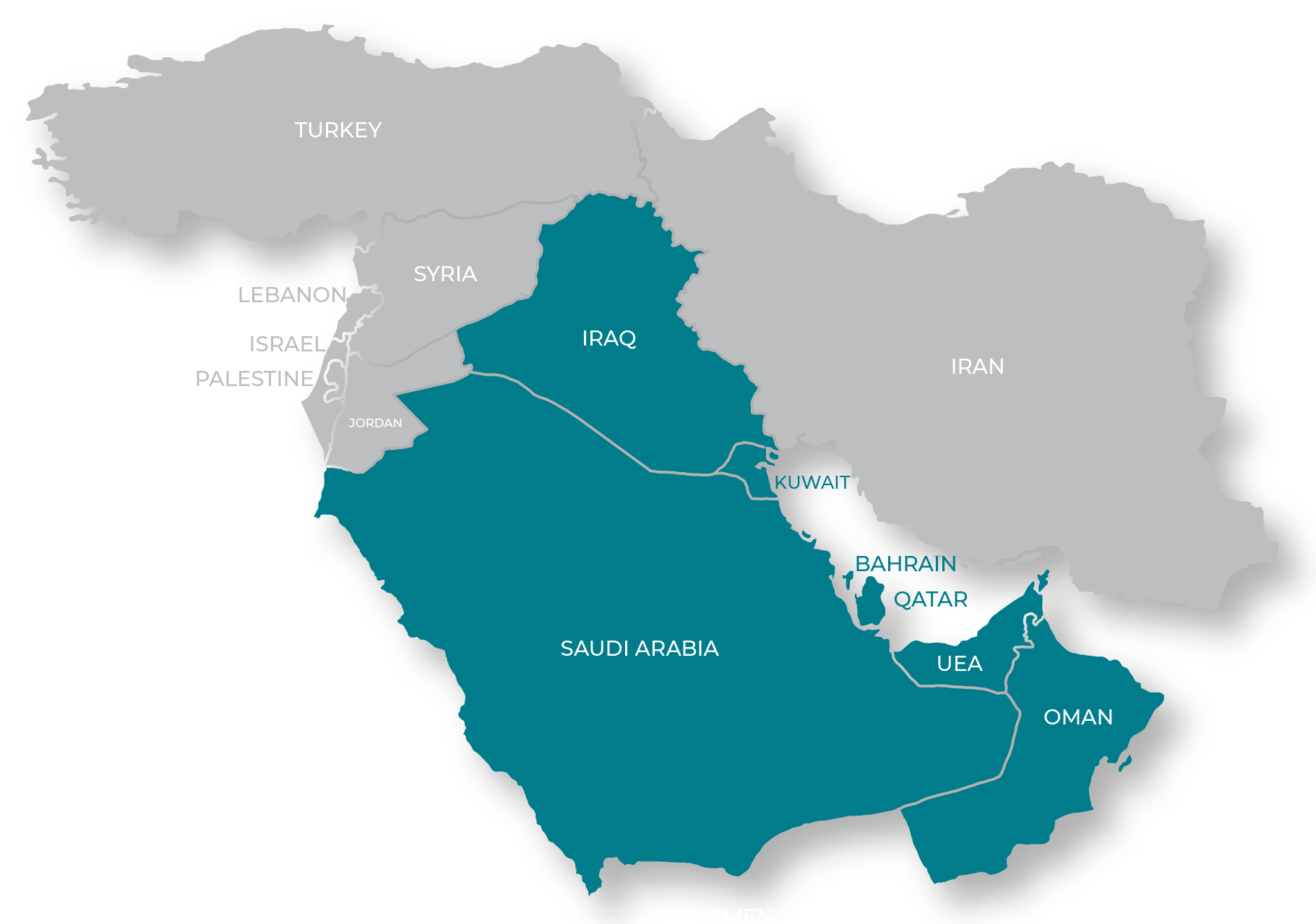
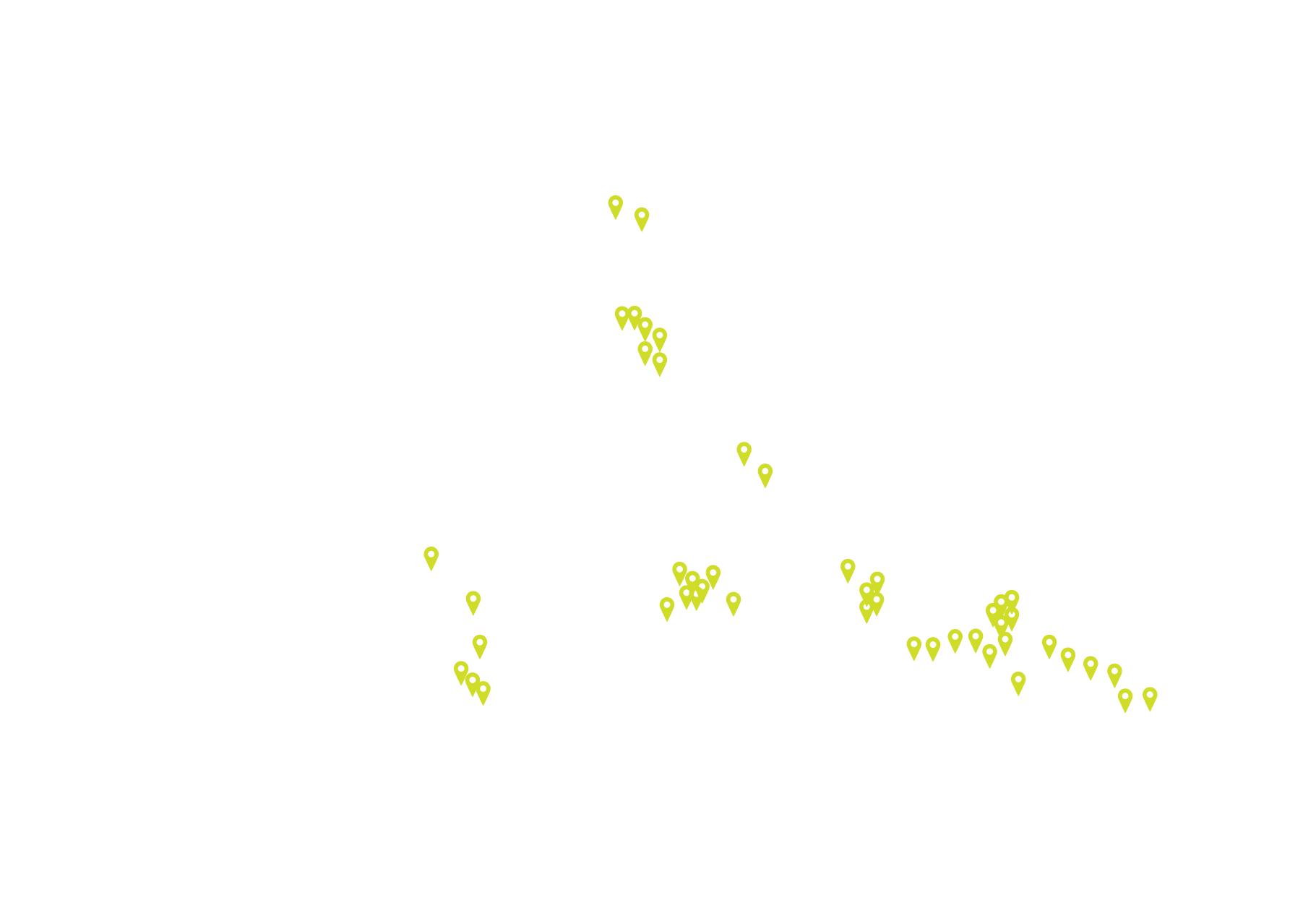
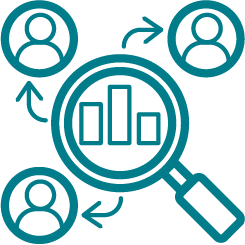
Competitive analysis
-
We analyzed existing water pump supply platforms and apps to identify their strengths, weaknesses, and opportunities.
-
This analysis helped us understand the competitive landscape and identify areas where our app could differentiate itself.
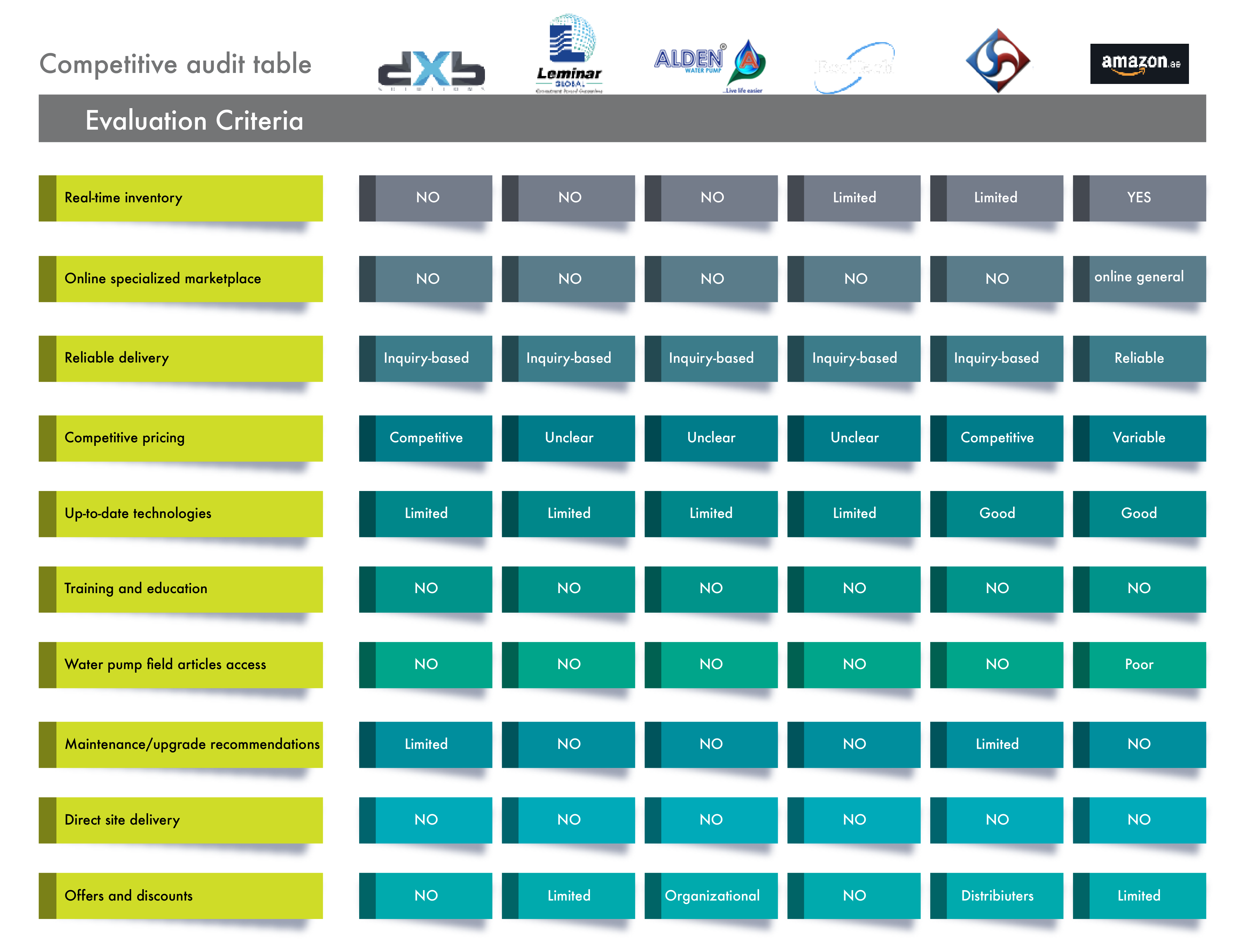
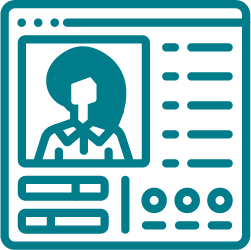
User persona development
-
Based on the insights gathered from user research, we created detailed user personas representing different segments of our target market.
-
These personas helped us empathize with users and understand their motivations and challenges.





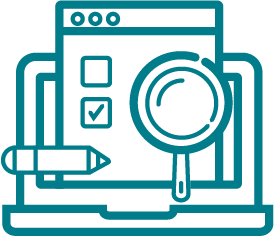
Usability testing
-
We conducted usability testing with early prototypes of the app to identify any usability issues and gather feedback on the user interface and functionality.
-
Participants were asked to complete specific tasks and provide feedback on their experience.


Iterations
The insights we got from user testing were crucial in shaping the final product. We jumped on an iterative design process, continuously refining the app based on user feedback.
By analyzing user behavior and pain points, we identified areas for improvement, such as optimizing the search functionality, enhancing product information, and streamlining the checkout process. We made targeted adjustments to the user interface, user flow, and overall user experience.





Unique features

AR-Powered Product Visualization:
Use augmented reality to visualize how products will look in real-world settings, helping users make informed decisions, because the final place of a pumps and equipment installation is always important in projects.
Subscription-Based Maintenance:
Offer flexible subscription plans for regular maintenance, repairs, and replacements.
Expert Advice and Support:
Access to knowledgeable experts who can provide technical advice, answer questions, and assist with product selection.
Community Forum:
A platform for users to connect, share experiences, and seek advice from peers.
Personalized Recommendations:
AI-powered recommendations based on user browsing history and purchase behavior.
Energy Efficiency Calculator:
A tool to help users estimate energy consumption and savings based on different pump options.
Sustainable Product Options:
Highlight eco-friendly and energy-efficient products to promote sustainability.
key findings and insights
incorporated into the app's design

Clarity of filters: Some users found the filter options to be somewhat confusing, particularly when combining multiple filters.

Simplify the filter interface and provide clear explanations for each filter option.

Relevance of search results: In certain cases, the search results were not always relevant to the user's query.

Implement a more robust search algorithm to improve the accuracy of search results.

Consistency in product information: Some users noted inconsistencies in the presentation of product information across different pages.

Standardize the format for product information across all pages.

Comparison tool usability: While the comparison tool was functional, some users found it difficult to quickly compare key features and specifications.

Enhance the comparison tool with visual cues and side-by-side comparisons.

Clarity of shipping costs: Some users expressed confusion regarding shipping costs, especially for international orders.

Provide clear upfront information about shipping costs and potential duties or taxes.

Payment options: While the payment options were sufficient, some users suggested adding more options, such as PayPal or Apple Pay.

Expand the range of payment options to cater to a wider audience.

Responsive design: While the app was generally responsive, some users reported minor issues with screen layout and button sizes on smaller screens.

Conduct thorough mobile testing to identify and address any usability issues.

Touchscreen optimization: The touch targets for some elements, such as buttons and links, could be slightly larger for easier interaction on mobile devices.

Optimize the app's layout and touch targets for a seamless mobile experience.

Clarity of the app's purpose: Some users expressed confusion about the app's primary goal.

Consider adding a more prominent welcome screen or interactive tutorial.

Ease of account creation: Some users has problem with account creation process.

As the company must to precisely identify the agent and the company because of the routine of industrial ordering system we could help user to sign up by Gmail but after that the user must complete the forms and confirmations lately.

Filter granularity: While the filter options were generally effective, some users suggested adding more granular filters, such as specific pump types or materials.

Adding some field options to perform a wider search and cover all user needs.

Technical specifications: Some pro users wants to see more technical details of a water pumps.

Provide detailed technical specification documents, including performance curves, efficiency ratings, maintenance requirements and reports as a pdf to download.

Shipping and handling: Users need to be clear about all shipping and handling fees.

The app will provide all details of shipping and handling fees in their invoice in app and as a pdf via email.
Results and impact (first version release)
Quantifying success
Increased user engagement: The app has seen a significant increase in user engagement, as measured by metrics such as time spent on the app, number of sessions, and page views.

Higher conversion rates: The improved user experience and streamlined checkout process have led to increased conversion rates, resulting in more sales and revenue.

Positive user reviews: The app has received positive reviews from users, highlighting its ease of use, helpful features, and excellent customer support.


Strong user retention: The app has successfully retained users by providing ongoing value through personalized recommendations, maintenance tips, and community engagement.
Helping users achieve goals
Efficient product selection: The enhanced search and filtering capabilities have empowered users to quickly find the right products for their specific needs.

Informed decision making: Detailed product information, reviews, and expert advice have helped users make informed purchasing decisions.

Simplified procurement process: The streamlined checkout process and secure payment options have made it easier for users to complete their purchases.


Timely delivery: The app's efficient logistics and delivery tracking have ensured timely delivery of products.

Expert support: The dedicated customer support team has provided timely assistance and resolved user issues promptly.
Positive Impact on the Water Pump Industry
Increased transparency: The app has increased transparency in the water pump market by providing detailed product information and pricing comparisons.

Empowered consumers: By empowering users with knowledge and tools, the app has helped consumers make informed decisions and save money.

Enhanced supplier relationships: The app has fostered stronger relationships between suppliers and customers, leading to improved collaboration and efficiency.


Sustainable practices: By promoting energy-efficient products and sustainable practices, the app has contributed to a more environmentally friendly industry.
By addressing the identified pain points and implementing the improvements, the FLOW app will become a valuable tool for businesses and individuals alike.
PROJECT.
Flow mobile app product design
CLIENT.
Nafis flow, Nafis Group
TO DO.
Product design, UX Design, UI design










